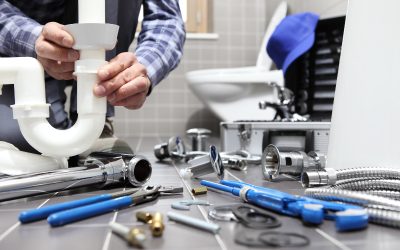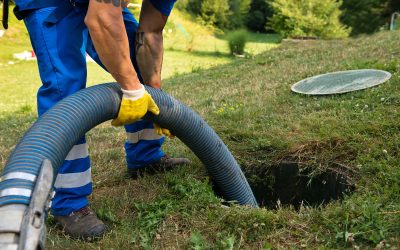When it comes to clean, safe drinking water, the market is full of options—but not all filtration methods are created equal. Two of the most common solutions homeowners consider are reverse osmosis systems and traditional water filters. While both fall under the category of a water purification system for home use, their performance, installation, and capabilities vary widely.
So, how do you know which system is right for your home? This guide breaks down the major differences between reverse osmosis and traditional filtration systems so you can make an informed decision based on your needs, water quality, and household habits.
What Is a Reverse Osmosis System?
A reverse osmosis (RO) system is a highly effective filtration method that uses pressure to force water through a semi-permeable membrane. This membrane traps contaminants while allowing clean water molecules to pass through. Most RO systems also include pre-filters and post-filters to remove additional particles and improve taste.
Common Contaminants Removed by RO Systems:
• Lead and arsenic
• Fluoride
• Nitrates and nitrites
• Chlorine and chloramine
• Heavy metals
• Dissolved salts and minerals
• Some bacteria and viruses (with specialized RO units)
Reverse osmosis systems are often installed under the sink or as part of a whole-house water purification system and are known for producing exceptionally pure water.
What Are Traditional Water Filters?
Traditional water filters come in a variety of forms, including pitcher filters, faucet attachments, countertop units, and basic under-sink systems. Most use activated carbon or ceramic filters to trap particles and remove impurities.
What Traditional Filters Typically Remove:
• Chlorine
• Sediment and rust
• Pesticides and herbicides
• Volatile Organic Compounds (VOCs)
• Unpleasant odors and tastes
While these filters are effective at improving the aesthetic qualities of your water, they may not remove dissolved solids, heavy metals, or microscopic contaminants.
Side-by-Side Comparison
Here’s a quick overview of how reverse osmosis systems compare to traditional filters:
Feature
Reverse Osmosis Systems
Traditional Water Filters
Contaminant Removal
High (up to 99% of most impurities)
Moderate (varies by filter type)
Filtration Mechanism
Multi-stage with membrane
Activated carbon, ceramic, or fiber
Installation
Professional under-sink or whole-house
Simple, some models are DIY-friendly
Water Waste
Yes (3-4 gallons wasted per gallon filtered)
No
Taste Improvement
Excellent, ultra-pure
Good, but depends on water source
Cost
Higher upfront and maintenance
Lower initial cost
Best For
High-contaminant areas, health concerns
Mild taste/odor issues, basic needs
Choosing the Right Water Purification System for Home Use
Deciding between reverse osmosis and traditional filtration comes down to your water quality and specific household needs. Here are a few scenarios to help you decide:
Choose Reverse Osmosis If:
• You’re on well water with high TDS (total dissolved solids)
• You want to remove fluoride or heavy metals
• You have family members with weakened immune systems
• You cook or make beverages with filtered water regularly
• You want the most thorough purification available
Choose Traditional Filters If:
• Your water is relatively clean but has a chlorine taste or odor
• You’re primarily concerned with aesthetics (taste/smell)
• You’re on a budget and want a quick improvement
• You rent your home and need a non-permanent solution
The Importance of Regular Maintenance
Regardless of which system you choose, maintenance is key to keeping your water purification system for home running efficiently. RO systems require periodic filter and membrane replacement (typically every 6 to 12 months for filters and 2 to 3 years for the membrane). Traditional filters, depending on the type, need to be replaced every 2 to 6 months.
Neglecting maintenance can reduce the system’s effectiveness and may even lead to bacteria growth or re-contamination of filtered water.
Combining Both Systems for Optimal Results
For households that want comprehensive filtration, combining both systems is also an option. A traditional carbon pre-filter can extend the life of your RO membrane and remove chlorine before it reaches sensitive RO components. Likewise, an RO system can serve as the final stage in a larger residential water filtration setup.
This kind of layered approach ensures both the removal of visible particles and invisible, harmful contaminants, delivering clean water at every tap.
Final Thoughts
Clean water is a foundational part of a healthy home, and both reverse osmosis systems and traditional filters can play a role in providing it. If you’re looking for a high-performance solution that removes the widest range of contaminants, reverse osmosis is the clear winner. If your needs are more basic, a traditional water filter may be sufficient and more cost-effective.
Before making a decision, test your water and consult a professional to determine the right fit. For those who want peace of mind and proper installation, working with a reliable service can help ensure your chosen system performs at its best from day one.
Investing in the right water purification system means healthier water, better-tasting beverages, and long-term protection for your family and plumbing system.


